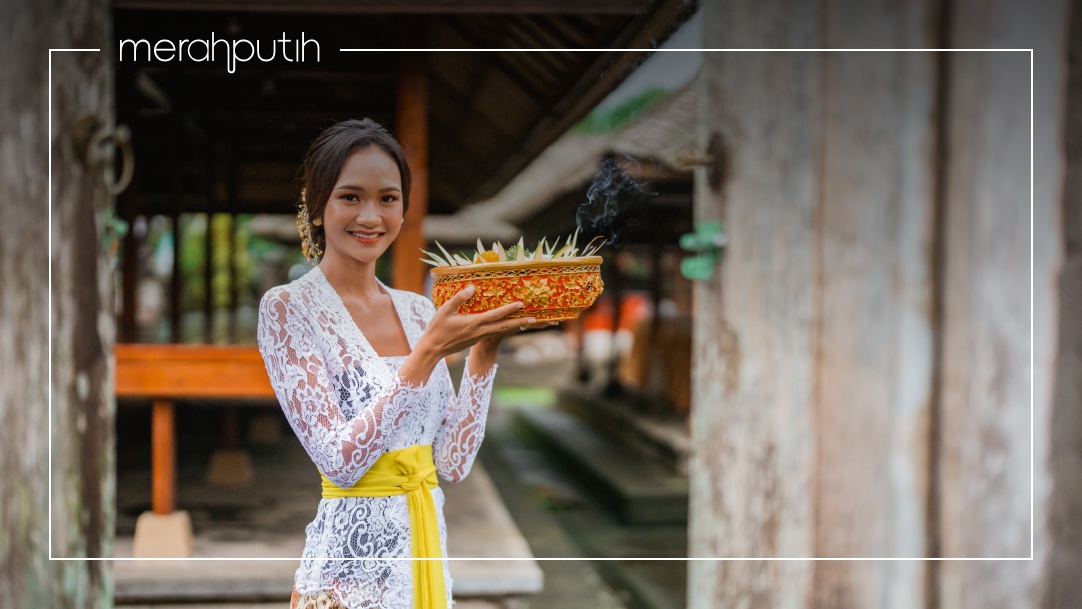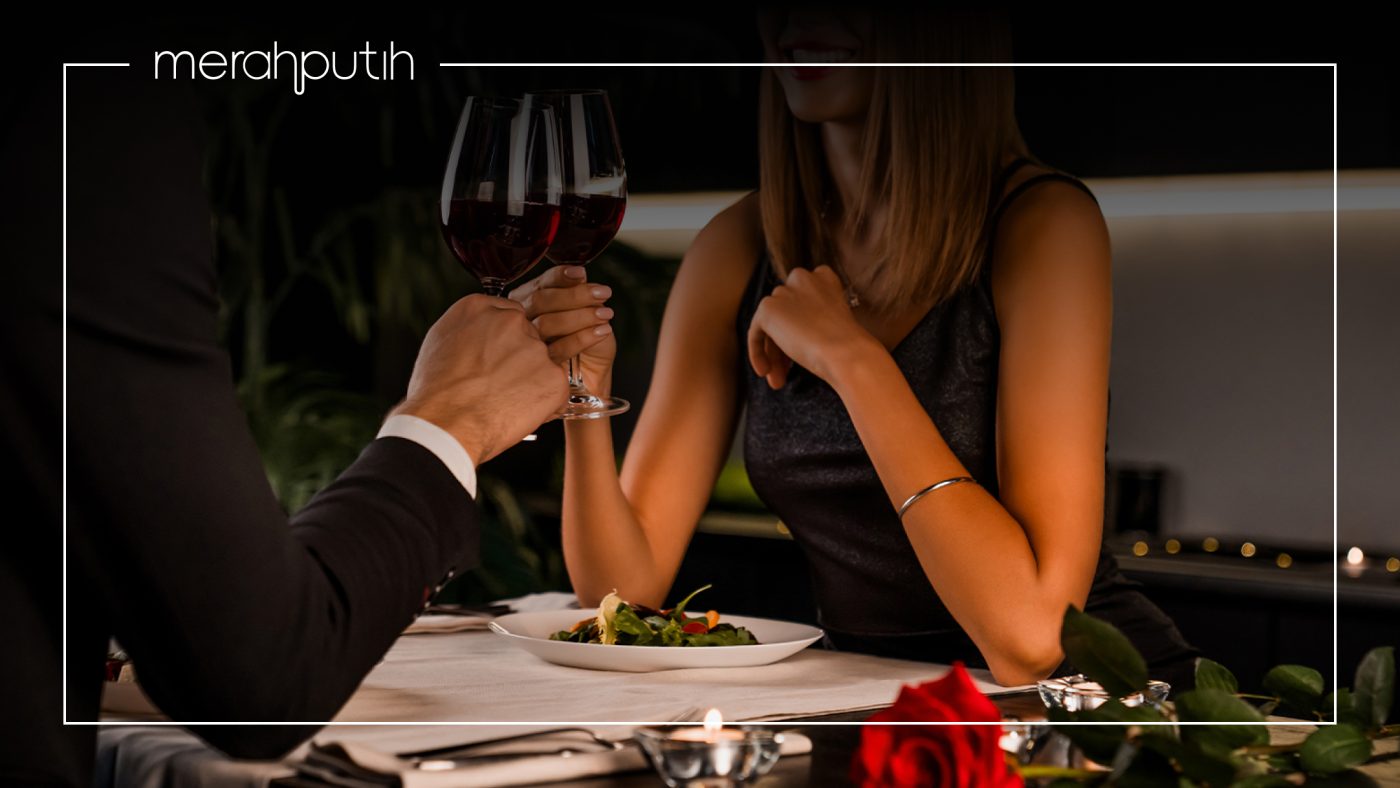While Bali is known as a hot and humid island paradise where you’ll find plenty of scantily clad tourists, the traditional Balinese way of dressing actually prioritises modesty. Today, Balinese dress is specifically donned when carrying out religious rituals as a sign of respect and modesty. However, the way of dressing was not always what it is now. History and Balinese Hindu philosophy reveals much about the significance of Bali’s traditional attire.
How do the Balinese dress?
In Balinese culture, men and women have specific ways of dressing, commonly worn during religious ceremonies at temples.
Women
Balinese women wear kebaya, a type of traditional Indonesian clothing consisting of a long-sleeved brocade top and a kain (cloth) wrapped around the waist as a skirt.
Different regions in Indonesia have different styles of kebaya. What sets each apart is the motif of the kain and other accessories that are worn to elevate the outfit. Balinese kain is often made of a cotton blend, making it comfortable for daily wear. It usually sports bright colours and a simple printed pattern.
On top of the kain and top, Balinese women will tie another cloth known as songket around their waist. The brocade top in Balinese dress often shows a little more skin compared to Javanese kebaya.
Men
On the other hand, the men’s traditional dress is known as payat alit: a formal dress shirt, a sarong wrapped around the waist, and a headwear called udeng. This headwear is common in Bali but can also be found in Java.
The history of traditional Balinese dress
Prior to the colonial era, Balinese women would normally not cover their upper bodies. This was normal practice in the island’s culture. However, they would cover up during religious rituals using selendang or a traditional scarf, wrapped around the torso and extending to the waist.
Between 1919 to 1931, kebaya was then introduced to Balinese society to promote modesty. However, as it was in those days, clothing served as a marker of social status, and kebaya was only exclusive to women who were aristocrats or part of the royal courts.
Over time, kebaya was democratised, representing a significant social transformation as women across social classes began to don the attire of nobles.
The philosophy behind kebaya in Bali
Colour selection is an important part of putting on kebaya. With this Balinese dress, bright colours symbolise happiness and are specifically worn during joyous occasions such as weddings and religious celebrations. Meanwhile, dark colours symbolise sadness and are used during mourning or solemn religious ceremonies.
Expressing internal emotions outwardly through material culture is a practice in dharma, where external expressions must align with internal states of being as well as social contexts.
The material of the Balinese kain also showcases traditional weaving craftsmanship and motifs, representing centuries of culture.
The religious significance of udeng
Balinese men’s headwear is a physical representation of the Balinese Hindu principle ngiket manah, which is a concentration or control of the mind. This belief places great importance on mental discipline and spiritual focus in daily life in order to achieve personal and social harmony. This is why the udeng is worn on the head.
The headwear’s asymmetrical design bears its own meaning. It is elevated on the right side, symbolising the constant human struggle to do good over evil (dharma vs. adharma). This reminds the wearer of the importance of his moral choices.
The knot at the centre of the forehead focuses mental energy and thoughts, especially during religious ceremonies. The udeng points upwards as a sign of focus on worship and divine connection.
Like the kain, the udeng also comes in various colours. White is normally worn for ceremonies at the temple, while black is for mourning rituals. Men will often wear other-coloured udeng during social activities, too.
Culture beyond Balinese dress
When in Bali, you can rent kain, sarong, and sometimes kebaya at the temple to take part in religious ceremonies. However, traditional attire is just one of the many aspects of Balinese culture.
At Merah Putih restaurant, experience the island of the gods through its many culinary delights. From the staple Balinese nasi campur to curries and vegetable dishes from other parts of the archipelago, Merah Putih is the best restaurant for fine dining at the heart of Petitenget, Seminyak.
Book a table and claim these special gift vouchers for your visit.
FAQ
Balinese women wear kebaya, a type of traditional Indonesian clothing consisting of a long-sleeved brocade top and a kain (cloth) wrapped around the waist as a skirt.
Today, Balinese dress is specifically donned when carrying out religious rituals as a sign of respect and modesty.
Between 1919 to 1931, kebaya was then introduced to Balinese society to promote modesty. However, as it was in those days, clothing served as a marker of social status, and kebaya was only exclusive to women who were aristocrats or part of the royal courts.
Balinese men’s traditional dress is known as payat alit: a formal dress shirt, a sarong wrapped around the waist, and a headwear called udeng. This headwear is common in Bali but can also be found in Java.

